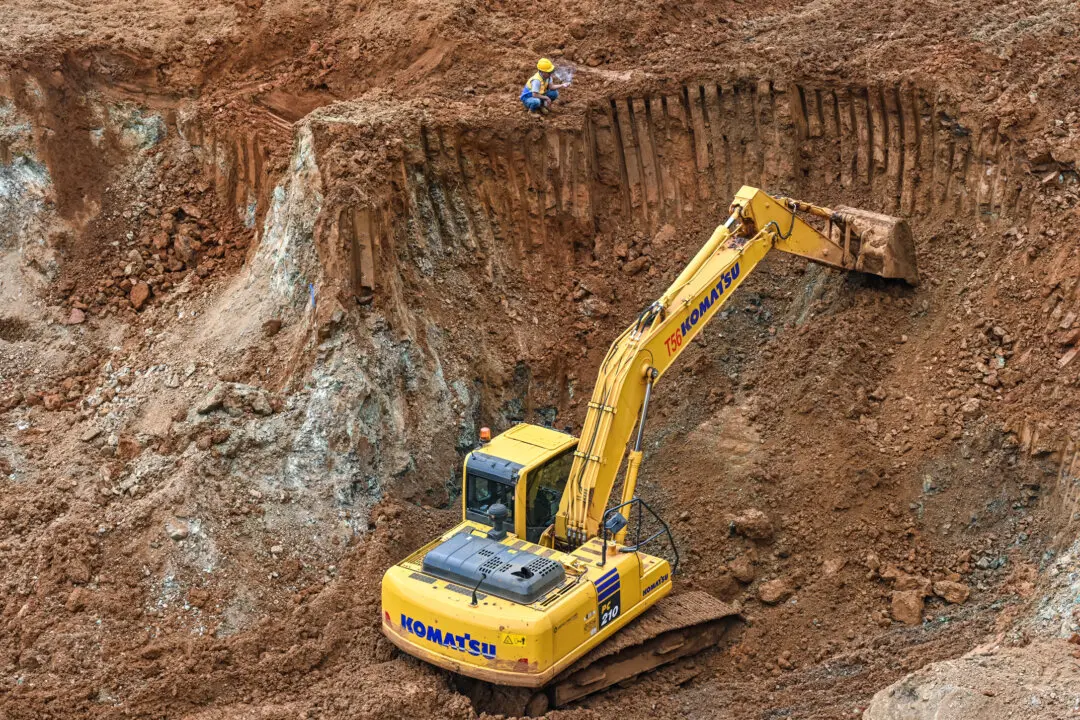Refinery shutdowns and production problems across California are causing a spike in the state’s gas prices—as much as 15 cents a day.
Californians were paying $6.29 on average, as of Sept. 30, for a gallon of gas—about 66 percent more than the national average of $3.80, according to the Automobile Club of Southern California.





